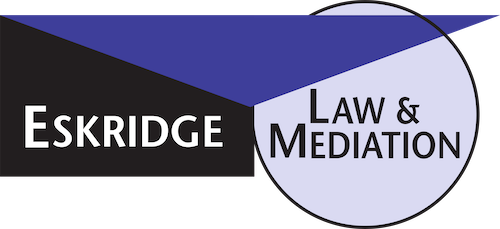June 1, 2020
The California Fair Employment and Housing Act (FEHA) prohibits actions by employers connected to hiring, firing, pay, job assignments, promotions, layoff, training, or fringe benefits, against any person (including employees, applicants for employment, and former employees) for engaging in a protected activity. To establish a valid case of retaliation, a person must show that: 1) He or she engaged in a protected activity; 2) He or she was thereafter subjected to an adverse employment action by the employer; and 3) There was a causal link between the two incidents. [Passanto v. Johnson & Johnson Consumer Products, Inc. (2000) 212 F.3d 493, 506.]
Under the FEHA, protected activities include:
1. Opposing any practices forbidden by the FEHA, such as discrimination and/or harassment based on:
race;
religious creed;
color;
national origin;
ancestry;
physical or mental disability;
medical condition;
genetic information;
marital or veteran status;
sex (including harassment based on pregnancy, childbirth, or related medical conditions);
gender;
gender identity;
gender expression;
sexual orientation; or
age (if 40 or over);
2. Filing a complaint, testifying, or assisting in any proceeding under the FEHA. [Gov. Code §12940(h).]
3. Reporting suspected patient abuse. [Gov. Code §12940(h).]
4. Requesting an accommodation for religious practice or disability, regardless of whether the request was granted. [Gov. Code § 12940(l)(4) (religious practice), (m)(2) (disability).]
An adverse employment action is described as:
Any “adverse treatment that is reasonably likely to impair a reasonable employee’s job performance or prospects for advancement or promotion.” [Yanowitz v. L’Oreal USA, Inc. (2005) 36 Cal.4th 1028, 1054-1055.] Where a retaliatory course of conduct is alleged, a series of separate retaliatory acts collectively may constitute an “adverse employment action,” although none of the acts individually is actionable. [Id. at 1055-1056.] However, the employee must show that the adverse action happened after, or simultaneously with the protected activity. [Ramos v. Roche Products, Inc., (1991) 936 F.2d 43, 46.]
To prove causation, the employee must demonstrate that there was a causal link between the employee’s protected activity and the employer’s adverse action. [Farrell v. Planters Lifesavers Co. (2000) 206 F.3d 271, 279.] The causal link may be established by circumstantial evidence showing the employer knew that the employee engaged in a legally protected activity and the adverse actions occurred shortly after the protected legal activity. [Jordan v. Clark (1988) 847 F.2d, 1368, 1376.]
Keep in mind that both the U.S. Equal Employment Opportunity Commission (EEOC) and the Department of Fair Employment and Housing provide for detailed procedures and remedies to deter and redress unlawful employment practices, such as retaliation. Also, be aware that you have three years from the time the adverse employment action occurred to file a complaint under the FEHA.
Need more information?
ESKRIDGE LAW may be contacted by phone (310/303-3951), by fax (310/303-3952) or by email (geskridge@eskridgelaw.net). Please visit our website at eskridge.hv-dev.com.
This article is based on the law as of the date posted at the top of the article. This article does not constitute the provision of legal advice, and does not by itself create an attorney-client relationship with Eskridge Law.
